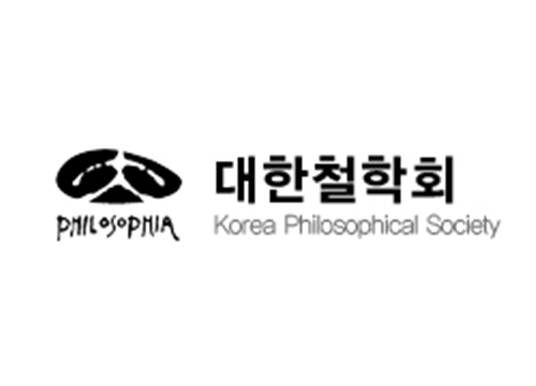공간의 형이상학: 포인트와 겅크
Metaphysics of Space: Point and Gunk
최이선
이화여자대학교 철학연구소
철학연구
2024, vol.171, pp. 295-318 (24 pages)
10.20293/jokps.2024.171.295
대한철학회
초록
본 연구는 연속체로서 공간의 형이상학적 기초를 논의한다. 공간의 특징인 연장성(extension)과 가분성(divisibility)에 따라 세 가지 공간 구성 후보가 있다: 포인트, 겅크, 청크. 포인트는 연장되지 않고 나뉘지 않는 것이다. 겅크는 그 반대로 연장성을 가지며 무한하게 나누어진다. 청크는 더 이상 나누어지지 않으면서도 연장되는 특징을 갖는다. 이 중에서 논리적으로 일관되면서 이론적으로 부담이 적은 양 극단의 두 개념, 포인트와 겅크를 분석한다. 이를 분석하는 도구로 공간 구조 분석의 기초인 위상구조(topology), 미레올로지(mereology), 측도론(measure theory)의 개념들을 사용한다.
고대 그리스부터 포인트는 영역 크기를 결정할 수 없게 만든다고 비판받았다. 포인트 기반 위상구조 때문일 때도 있고, 포인트 기반 측도론 때문일 때도 있다. 본고에서는 그 중에서 두 퍼즐, 접촉 퍼즐과 나누기 퍼즐을 다룬다. 크기에 대한 문제는 포인트 관점에만 발생하지 않는다. 본고에서는 칸토어 구간(Cantor Interval)이라는 무한히 나뉠 수 있는 겅크 구조에서 발생하는 측도론 문제를 분석한다.
이 퍼즐들을 해소하기 위해 두 가지 방식의 전략을 논의한다. 하나는 토폴로지 개념인 경계 개념을 수정하는 방법이다. 다른 하나는 측도론의 원리인 가법성(additivity) 개념을 수정하는 방법이다. 본고는 전자의 문제점을 지적하고 후자의 접근법에서 기존의 공간 직관에 새로운 함축을 찾는다. 특히 미레올로지 구성과 일치하는 가법성과 집합 크기에 대응하는 가법성 구분을 공간 퍼즐들의 교훈으로 발견한다.
This study discusses the metaphysical foundation of space as a continuum. There are three candidates for this foundation that are distinguished in terms of their extension and divisibility: points, gunk, and chunk. Points are entities with neither extension nor divisibility. Gunk, on the contrary, has every part extended and is infinitely divisible. Chunks are fundamental entities that are extended but indivisible. Among these, we focus on two candidates, points and gunks, that are logically consistent and theoretically less burdensome than chunks. Topology, mereology, and the measure theory, fundamental to the analysis of spatial structures, are employed in this analysis.
Since ancient Greece, points are responsible for making it impossible to determine the size of regions. This paper addresses two representative puzzles, the contact puzzle and the divisibility puzzle. The issue of size does not only arise from the point’s view. In the Cantor interval, the infinitely divisible gunk structure, our intuition for additivity does not hold.
There are two strategic approaches to these puzzles. One is to modify our concept of boundary, a main concept in topology. The other is to revise the concept of additivity, a basic principle in measure theory. In this paper, I point out the problems of the first approach, and suggest new plausible implications of the second approach. In particular, I suggest a new approach to understand the puzzles by disambiguating the notion of additivity, one to coincide with mereological fusion, and another with set size determination.

